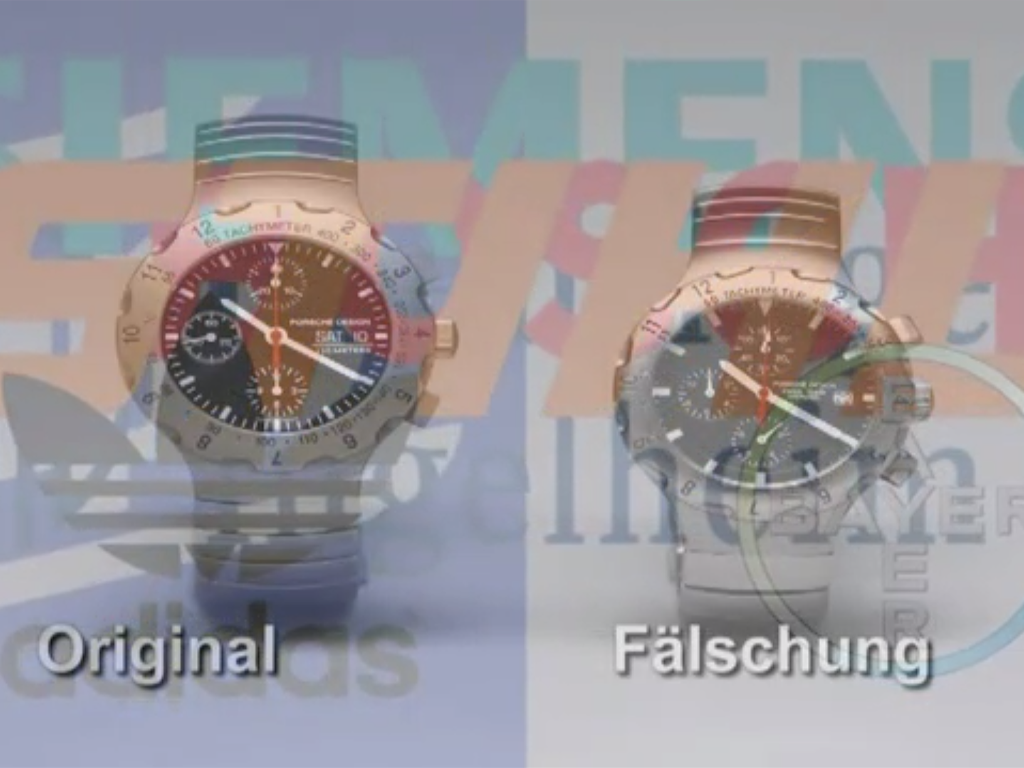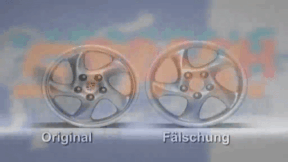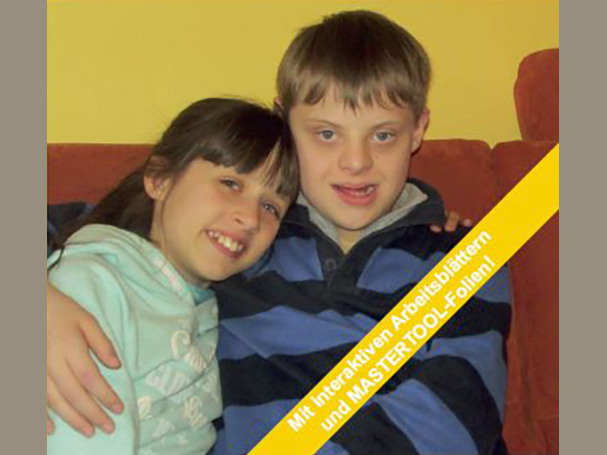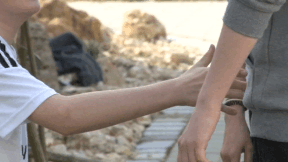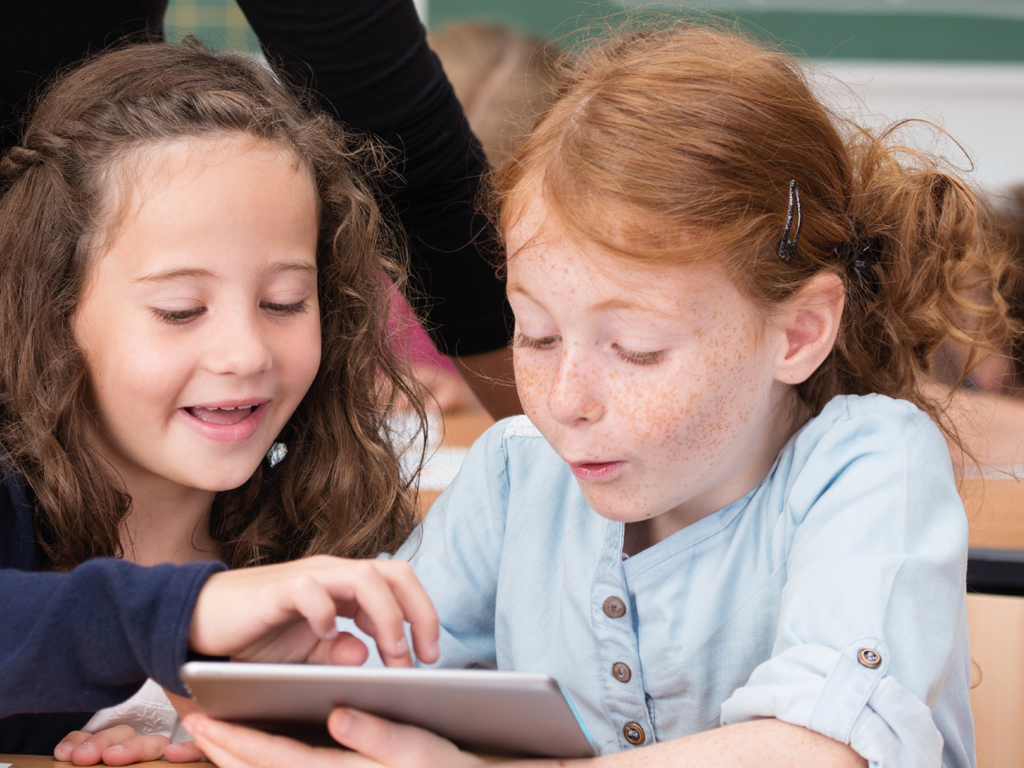 Biology
Biology
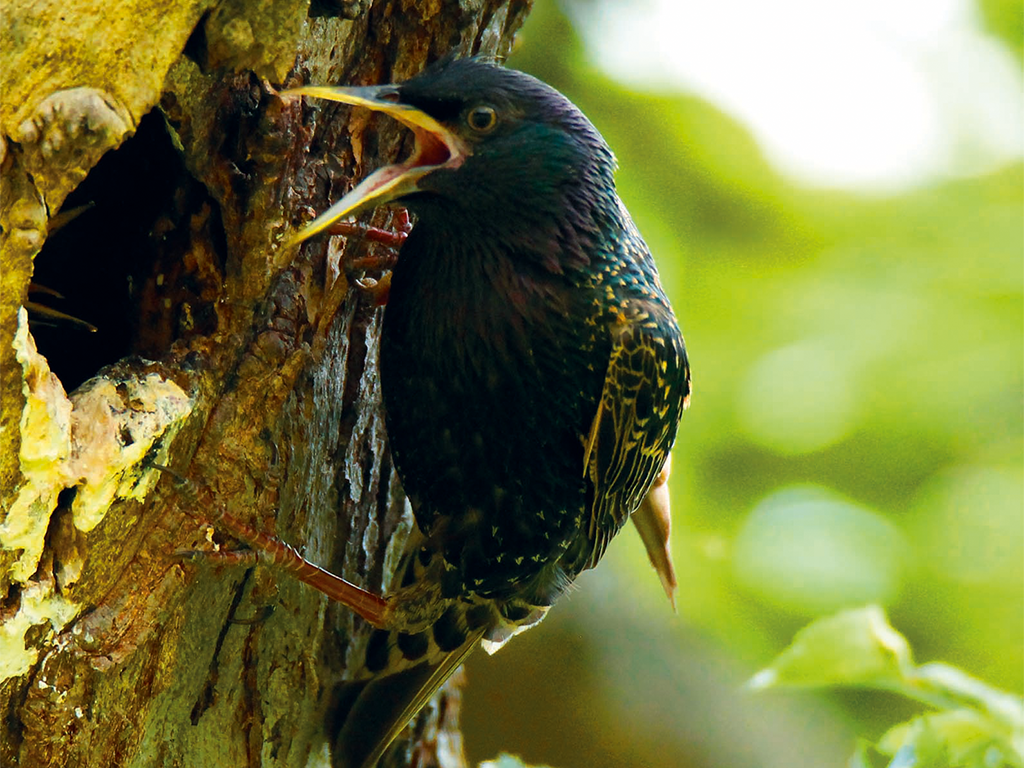

4678993 / 5565753
Starling
Bird of the Year
In general, male and female starlings look very much alike. In spring, starlings assume their nuptial plumage, in autumn, after moulting, they wear their eclipse plumage.
The nuptial plumage of spring consists of black feathers that have a green, blue and violet metallic sheen. Females then have bright spots on the upper side of the feathers. Both sexes have a yellow bill with a light blue base for the males and a reddish one for the females.
Details of this plumage can be recognised especially clearly in this starling in the NABU Bird Protection Centre in Mössingen. It has a bill injury which is being treated here before it is released again.
The starling has a length of about 20 centimetres. It is between a parrow and a blackbird in size. It could be mistaken for a blackbird male at the most. But blackbirds have no shining plumage and, moreover, a longer tail.
Its almost triangular wings are rather short compared with birds of a similar size. As short-distance or medium-distance migrants, starlings do not have to cover long distances. Their wings are broad since they mostly inhabit the open countryside. Compared to them, blackbirds have longer and narrower wings with which they can fly better in the dense forest.
Starlings fly with rapid and strong wing beats. Gliding flight is used before landing.

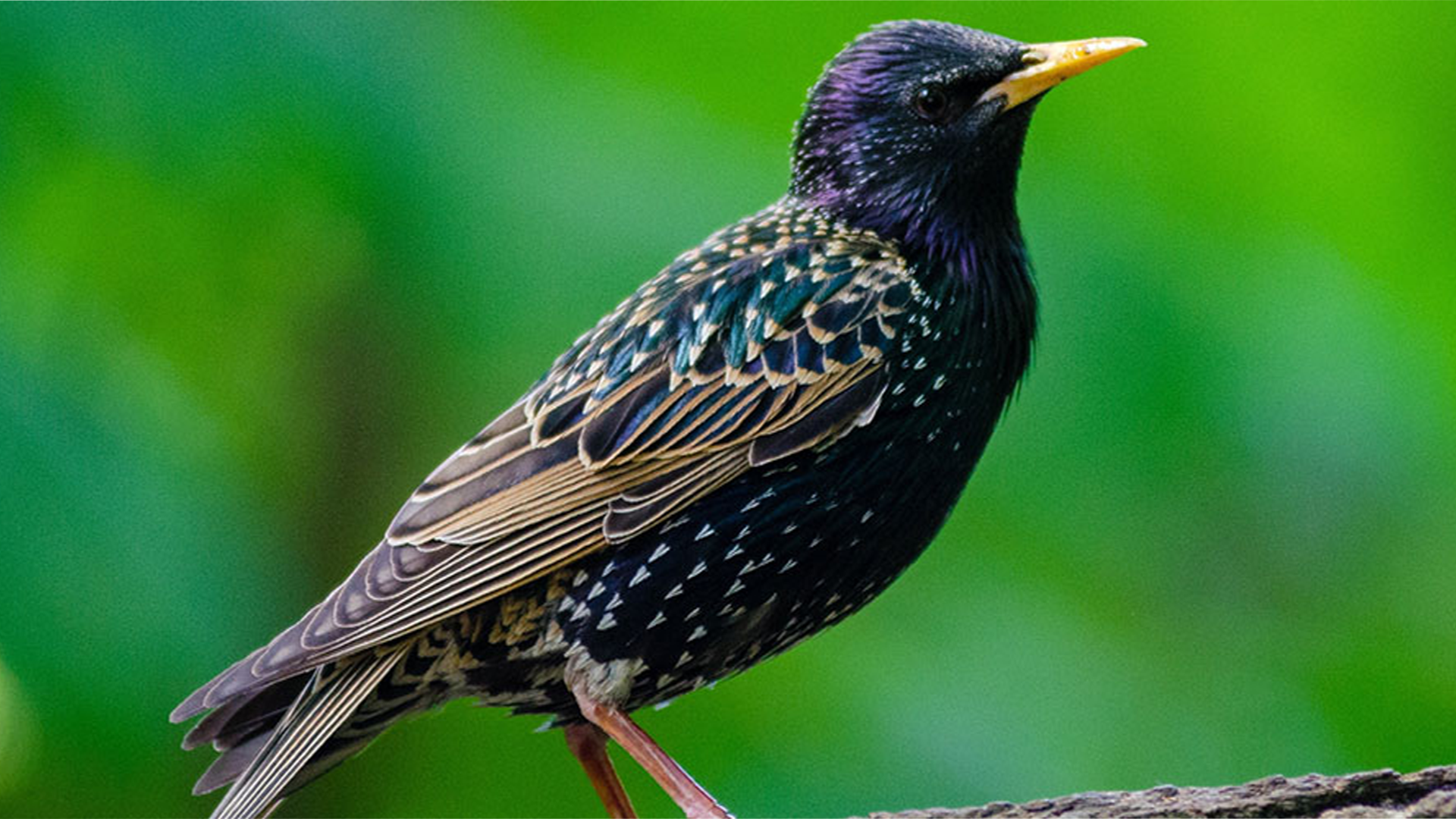
Curriculum-centred and oriented towards educational standards
Matching
Product Piracy
Counterfeiting takes place in almost all economic sectors – textiles, watches, car parts, machine parts, tools, accessories, software and medicines. Some counterfeits are easy to recognise, others are so well-executed that even experts have difficulty distinguishing between original and imitation. This DVD covers the development of a product from idea to manufacture. Once a product has become a trademark, product pirates appear on the scene.
Mobile Learning II
Oh, what’s that? Original soundtrack Thissen: “As our children grow up in a media world and naturally handle the media, they should also be a topic in school.“ An older child says the point is that they don’t just load down apps but create things themselves that haven’t existed so far. Hi, I’m Jana. A propeller hat. I’ll put it on. Now I’m no longer a simple rhino, but a flying rhino. Original soundtrack Thissen: “It’s exactly the great flexibility of tablets that promotes very personalised and adapted learning.” Original soundtrack Welzel: “It’s fascinating to see how the children grow with their products and how they always want to improve them.” The Westminster Abbey is a church in London for the royal family. Original soundtrack Welzel: “And?“ They think it is ok.




